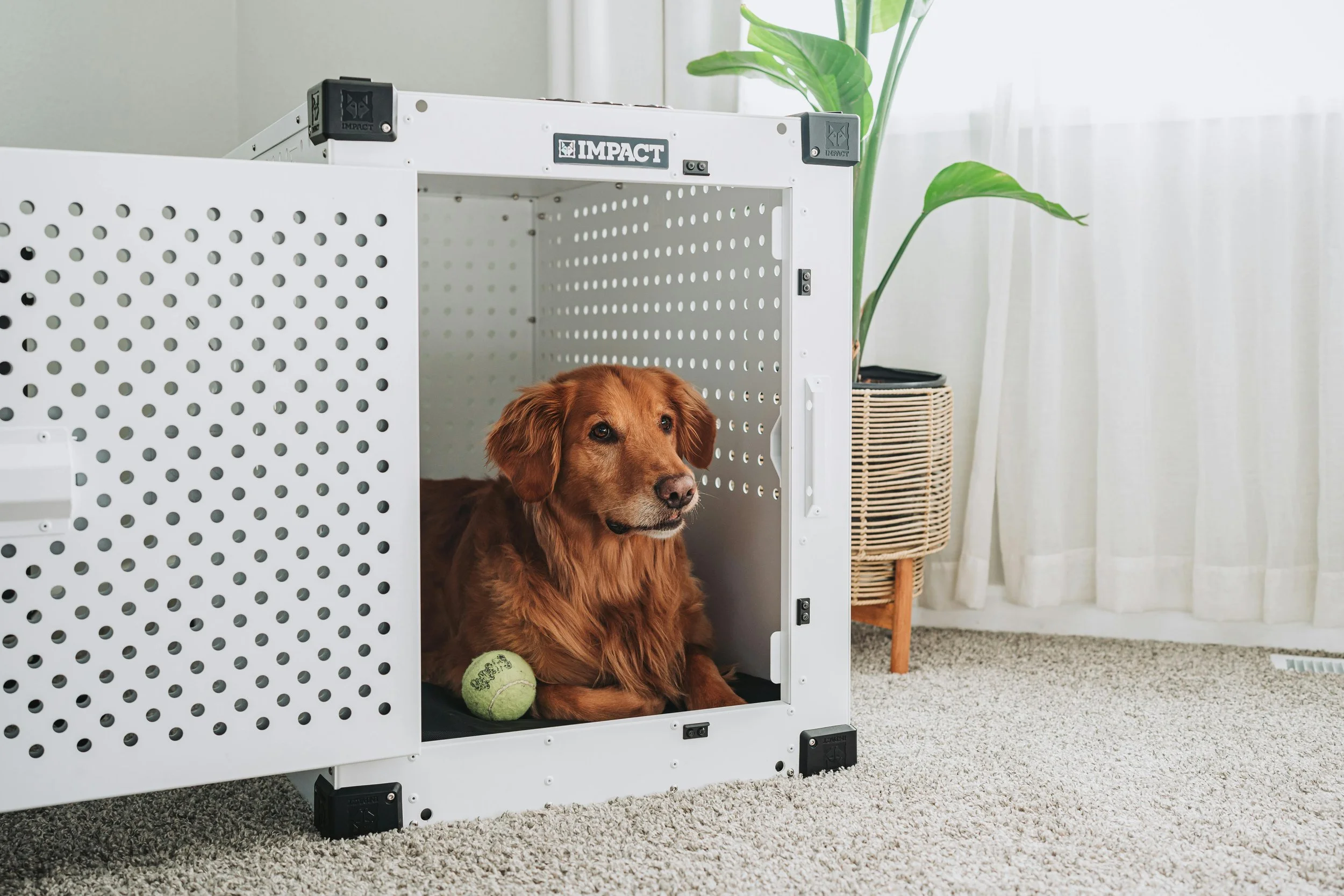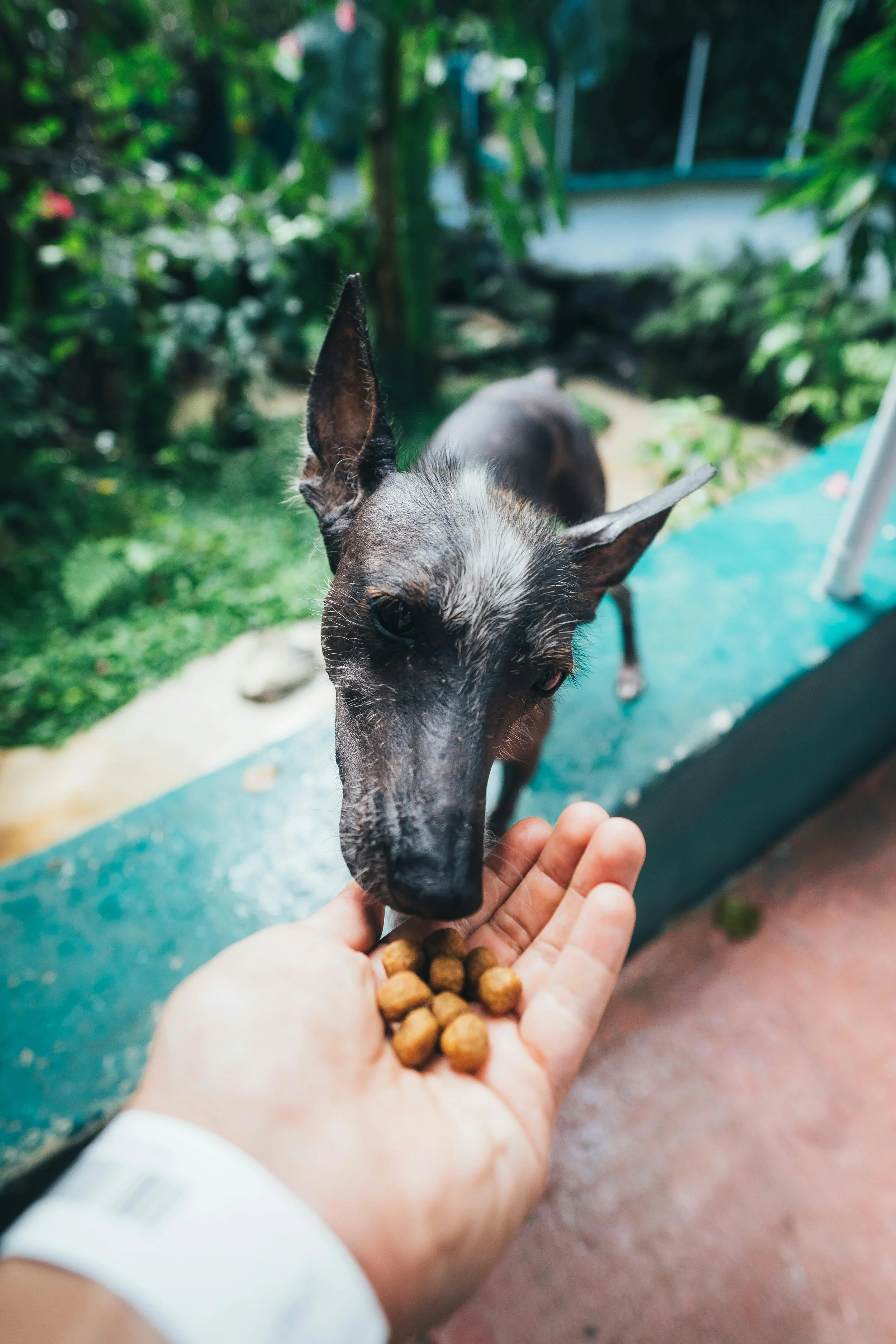How Dogs Settle Into New Environments
A new environment can be overwhelming for some dogs. Strange smells, unfamiliar people, and new routines can cause stress. Some dogs adapt quickly, while others need more time.
Bringing a new dog home is exciting, and initial structure is crucial. It helps them adjust, builds trust, and prevents undesirable behaviors.
This process can be divided into two phases: Decompression and Acclimation.
Decompression focuses on stress reduction and emotional stabilization.
Acclimation emphasizes adaptation to daily routines, family dynamics, and environmental expectations.
What is Decompression?
Decompression primarily refers to the initial period following significant environmental or social changes, where the main goal is to reduce stress, anxiety, and uncertainty. It focuses heavily on providing a calm, predictable, and secure environment to help the dog stabilize emotionally and behaviorally.
Acclimation is the phase where your dog becomes accustomed to your home's unique dynamics, routines, and expectations. This involves learning household rules and understanding family roles and social structures. What once felt unfamiliar becomes familiar through consistent, positive experiences.
While both processes occur simultaneously, they serve distinct purposes. Decompression primarily addresses emotional and psychological stress relief, while acclimation involves practical adjustments to new routines and social structures.
While individual responses vary, research shows that many dogs begin to show reduced stress indicators within the first 10 days in a new environment. However, the full timeline for decompression and acclimation depends heavily on the dog’s temperament, history, and the consistency of their new surroundings.
Days 1–3: Give Them Time to Just “Be”
Provide your dog with a secure, calm, and low-pressure environment to help them relax and begin adjusting comfortably to their new home or before any formal training.
Minimize external stimulation, establish a tranquil space, provide concealment options, and maintain minimal, gentle interactions. Avoid petting or forced interactions initially, as these may increase stress.
Let your dog dictate the pace; offer calm attention, respect their space, and observe their body language to build trust and support decompression.
Things you can do:
Keep things quiet and low-key (no visitors or outings yet).
Set up a cozy, private space—like a covered crate or quiet corner.
Let your dog come to you on their own terms.
Stick to a predictable routine (feeding, potty, walk times).
Days 4–10: Predictability Builds Security
Establish consistent routines for feeding and walks once your dog displays comfort, such as regular eating or curiosity. Build trust through gentle hand-feeding of treats and short, calm interactions without expectations. Calming enrichment activities like lick mats, chew toys, or puzzle feeders can help hesitant dogs self-soothe.
Things you can do:
Stick to the routine: same time, same place, same tone.
Hand-feed treats to associate you with good things.
Start gentle, low-stimulation walks in quiet areas.
Provide calming enrichment: chew toys, lick mats, or puzzle feeders.
Days 11–30+: Begin Slowly Teaching
Your dog is beginning to feel more like themselves—so now’s the time to start introducing basic structure. Start with simple, low-pressure training games, allow the dog to make choices, introduce new stimuli gradually, and closely monitor body language for discomfort.
What matters most is that we read their signals, meet them where they are, and never rush the process. Stress blocks learning. Safety unlocks it. By giving dogs time, choice, and compassionate handling, we help them build the emotional safety they need to truly thrive.
Things you can do:
Teach simple cues like “sit” or name recognition, or food chase games.
Encourage independence—let them explore and make choices.
Celebrate little victories: calm greetings, relaxed posture, eye contact.
What is Acclimation?
Acclimation refers to the process of your dog becoming accustomed to your home's unique dynamics, routines, and expectations. It involves learning the household rules, recognizing family members' roles/social hierarchy. They are beginning to understand their role in the new environment. What once felt unfamiliar becomes familiar through consistent, positive experiences.
Patience is Key: Every dog adjusts differently. Maintain patience and observe your dog's unique responses.
Consistency and Clarity: Clearly defined rules, consistent routines, and gentle reinforcement help dogs feel secure.
Monitor Progress: Watch for signs of relaxation, such as reduced pacing, relaxed body language, and increased interaction without stress behaviors.
What matters most is reading your dog's signals, meeting them where they are, and never rushing the process. Stress blocks learning; safety unlocks it. By giving dogs time, choice, and compassionate handling, we help them build the emotional safety they need to truly thrive.
Need support adjusting your new dog?
We offer consults to help you build a calm, confident relationship.
Schedule a free call below or visit our contact page.
Footnotes:
Hiby, E. F., Rooney, N. J., & Bradshaw, J. W. S. (2006). Behavioral and physiological responses of dogs entering re-homing kennels. Physiology & Behavior, 89(3), 385–391.
Titulaer, M., Blackwell, E. J., Mendl, M., & Casey, R. A. (2013). Keeping shelter dogs and cats healthy and happy: A review of the science. Animal Welfare, 22(3), 337–350.
Stephen, J. M., & Ledger, R. A. (2006). A longitudinal evaluation of urinary cortisol in dogs housed in a welfare shelter. Physiology & Behavior, 87(5), 911–915.
Rooney, N. J., Gaines, S. A., & Bradshaw, J. W. S. (2007). Behavioural and glucocorticoid responses of dogs (Canis familiaris) to kennelling: Investigating mitigation of stress by prior habituation. Physiology & Behavior, 92(5), 847–854.
McMillan, F. D. (2019). Mental health and well-being in animals. CAB Reviews, 14(045), 1–9.



